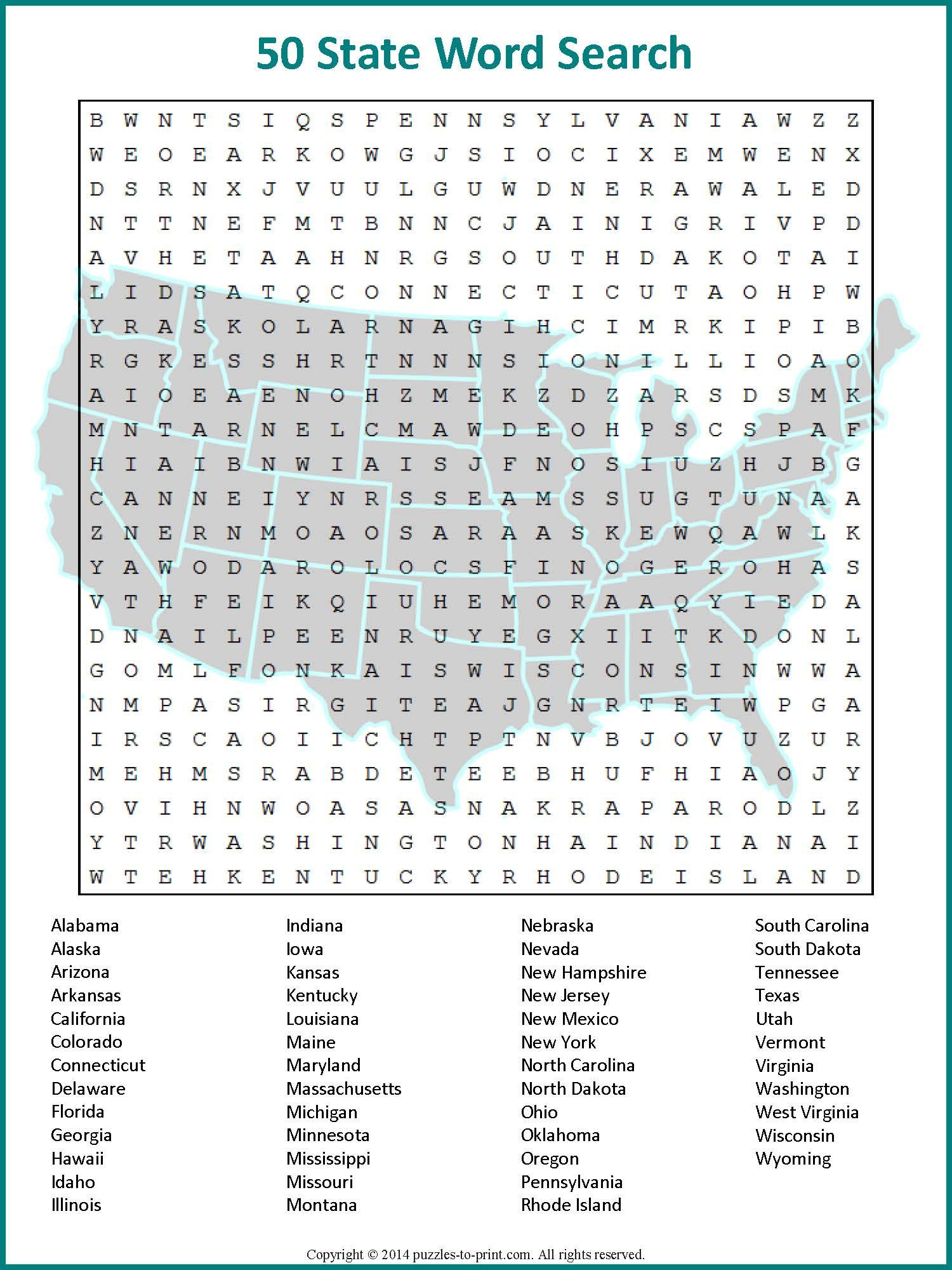


You pretty much had to deal with each area on its own. The only thing I was kinda-sorta impressed with was the grid itself, which allowed very few entries into the corners and edges.

Same feeling that this never quite worked, and that (as lit.doc put so well) the cluing was more about obfuscation than misdirection. I felt like I must have somehow borrowed Rex's brain as I was reading the writeup, as nearly everything he experienced I did. 9A: Was in the arms of Morpheus ( SLEPT) - nicely complemented by WOKE ( 35A: Shook out of dreamland).According to wikipedia, it's the symbol of TEHRAN, and marks the entrance to TEHRAN. Is this a building I should know for some reason? Ooh, yeah, it's super-cool looking. 45D: Home of the Azadi Tower ( TEHRAN) - interesting, and new to me.61A: Egypt's third-largest city ( GIZA) - a city that I always want to call either GAZA or AGRA.Whole SW was a disaster until I stopped reading the end of 48A as -TCHERED, changed AS TO to IS TO ( 50D: Part of an analogy), and finally figured out the ghastly ERRATIC THE RED. 46A: "The tongue of the mind": Cervantes ( PEN) - even with the "N" this didn't come easily.I'd have tried like hell to keep that kind of near-twin crosswordese nightmare from happening. 41A: Destination for a ferry from Livorno ( ELBA) - ELBA and ELBE ( 48D: Hamburg's river) in the same gird.14A: Ward who played Robin ( BURT) - First, instinctively wrote in SELA.I feel this had to be intentional (cluing that suggests LACKEY and, apparently, JACKAL). Second, I had -ACK- and wrote in LACKEY, without blinking. First, I had no idea this was a meaning of JACKAL. 5D: Follower who does the dirty work ( JACKAL) - this killed me.Why do you make a 78-worder (the upper limit), when you have So Much Non-Theme Space to work with? I'm not sure I understand why, when there are only three theme answers of 13, 15, and 13, the grid isn't much more interesting, with fewer, but more interesting words. 48A: Nickname of an unpredictable Communist? ( ERRATIC THE RED).37A: First-rate chastisement? ( SUPREME BERATING).20A: One who plunders boatloads of jack-o'-lanterns ( PUMPKIN PIRATE).The rest of this, fill-wise, feels just ordinary, and the cluing feels like its trying too hard to compensate for that ordinariness. My favorite part was probably the clue on TANKER ( 45A: Ship of fuels). At 78 words and (thus) with no non-theme answers longer than 6 letters (!?!), the grid doesn't hold much interest. and then THE RED is the part signifying his Communism? So he's sort of *all* nickname? THE ERRATIC RED might be someone's nickname. if you call this hypothetical person ERRATIC THE RED, is his "real" name ERRATIC. The "nickname" part of ERIC THE RED is "THE RED".

Was all this forced cleverness an attempt to distract from the really awkward theme? Add-a-"RAT?" Adding-a-whatever is fine when the phrases work, and two are OK, but ERRATIC THE RED makes no sense on any level. EMIT gets you in mind of guns with 53D: Shoot out. EDIT gives you the old "verb for adjective" switcheroo with 11D: Ready for release. I would call a LOCAL pub a "LOCAL pub." Need the "pub." Maybe this stand-alone usage of LOCAL is British. If it's got nothing to modify, LOCAL (to me) is a train, not a bar ( 10D: Neighborhood pub). I don't mind trippiness if it's clever, but today it felt forced. That intentional trip-you vibe ran through a lot of clues. MEANT clued as ? In America, we'd say, "view" being used here solely to try to trip you. Never ever could get a real rhythm going, and most all of the cluing had this weird, ickily off feeling to it. Some crosswords, called cryptic crosswords, use riddles and word play and are usually more difficult than straight crosswords.Toughest Wednesday of the year for me (high 6's). Straight (or Quick) crosswords are usually made up of simple definitions - which means that other words are used to describe the answer. Many computer programs have been created to find the answers to these clues. The place in the grid where the answer to each clue should go is shown by a number and the direction in which the answer appears, for example, "1 Across" or "15 Down". The answer to each clue is a word or sometimes a phrase. The goal of solving the puzzle is to write different words, letter-by-letter, in the white squares. The kind of crossword that appears in newspapers and magazines, such as the one in the image, often has lots of white squares beside each other. Another way to say this is that every white square must have at least one other white square touching it on any side. All the white squares appear in horizontal rows or vertical columns, but are not always separated with black squares. A traditional crossword is made up of black and white squares, called a grid.


 0 kommentar(er)
0 kommentar(er)
